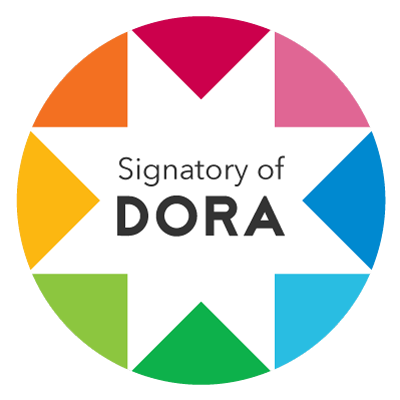Logistical Analysis of Traditional Red Brick Kiln Industry of North Sindh, Pakistan
DOI:
https://doi.org/10.47205/jdss.2025(6-II)15Keywords:
Kiln Industry, Red Brick, Kiln, Clay, Value Addition, Logistics, Kiln BCR, Kiln Value AdditionAbstract
This research paper purpose is to check impact of brick logistical supply chain management on the final house value. There are eight sreps to “finished house” starting with “procurement of clay” at kilns. Model is simple multiple linear regression using SPSS. North Sindh is traditionally and culturally very rich region. For them onstruction is also a fun activity. They want to construct houses , such research is need of time to tell them what factors are responsible for construction of their sweet home. Purposive sample randomly selected is used and only three districts of North Sindh are chosen i.e. Khairpur, Sukkur, and Larkana. Traditional red brick kilns are divided into three categories by scholar based on production level , infrastructure, land area and annual operating time. Sample of random 90 kilns , 100 households , 200 local middlemen , labour and brick sales men were taken. Data is all ordinal and interval. Focus is cross sectional brick industry chain management analysis. Value is added at end of each of the eight steps when clay goes through transformation into shape of final house. House demand is affected by the time, duration, cost, etc at each of eight steps of brick making. 10000 bricks is set as standard at each level. (house made of 10000 bricks). Clay cost is taken as base. Land, fuel, transporter, Jamadaar, kiln management and sales agent add value to clay gradually by making bricks. Highest value is added at stage when house is finally sold. Labour adds least value to 10000 brick house. In the end all costs of players are observed in final house sales price or value. Model is valid as at least two variables are significant at adjusted R2 value of 0.299. It means there is impact of brick logistical supply chain management on the final house value. It is recommended to increase value of labour that adds least value to 10000 brick house. BCR is least for small kilns so should not be taxed.
Downloads
Published
Details
-
Abstract Views: 246
PDF Downloads: 137
How to Cite
Issue
Section
License
Copyright (c) 2025 Journal of Development and Social Sciences

This work is licensed under a Creative Commons Attribution-NonCommercial 4.0 International License.

ORIENTS SOCIAL RESEARCH CONSULTANCY (OSRC) & Journal of Development and Social Sciences (JDSS) adheres to Creative Commons Attribution-Non Commercial 4.0 International License. The authors submitting and publishing in JDSS agree to the copyright policy under creative common license 4.0 (Attribution-Non Commercial 4.0 International license). Under this license, the authors published in JDSS retain the copyright including publishing rights of their scholarly work and agree to let others remix, tweak, and build upon their work non-commercially. All other authors using the content of JDSS are required to cite author(s) and publisher in their work. Therefore, ORIENTS SOCIAL RESEARCH CONSULTANCY (OSRC) & Journal of Development and Social Sciences (JDSS) follow an Open Access Policy for copyright and licensing.







